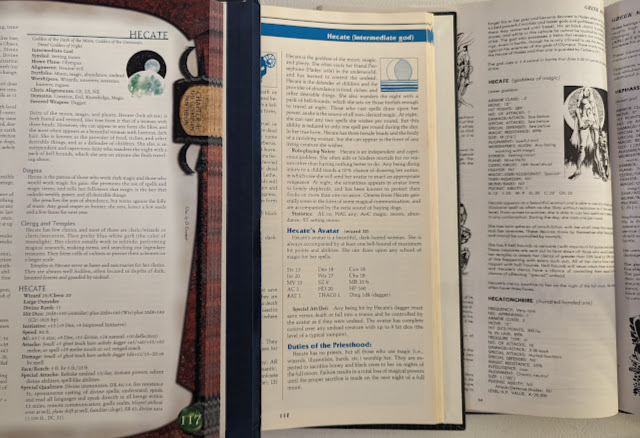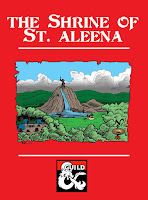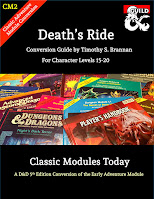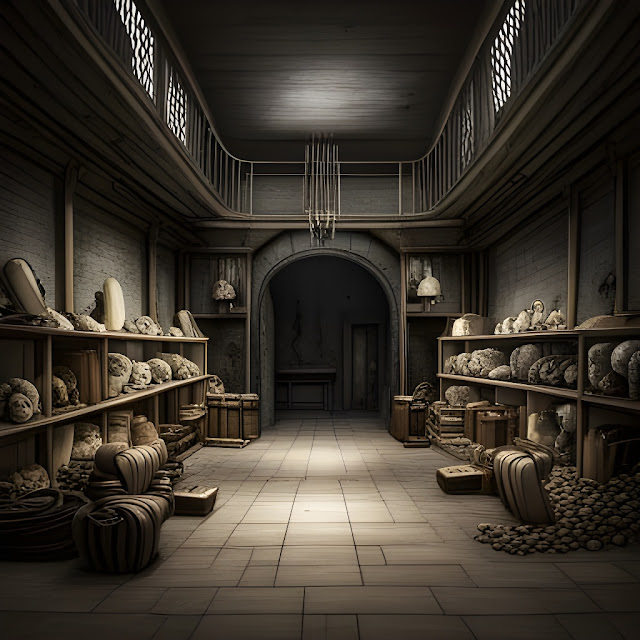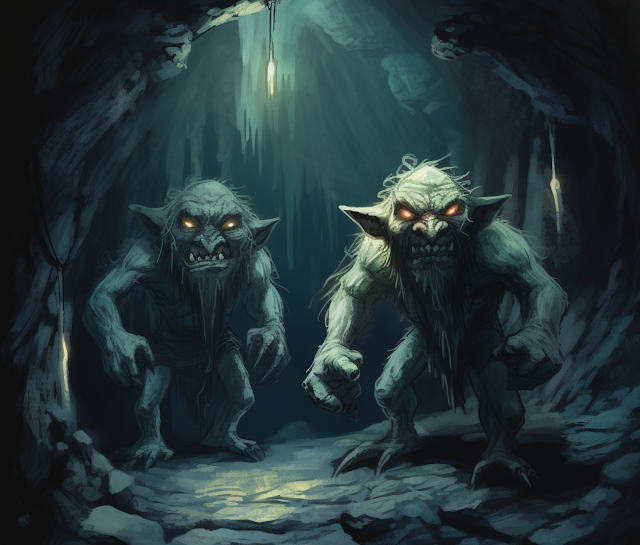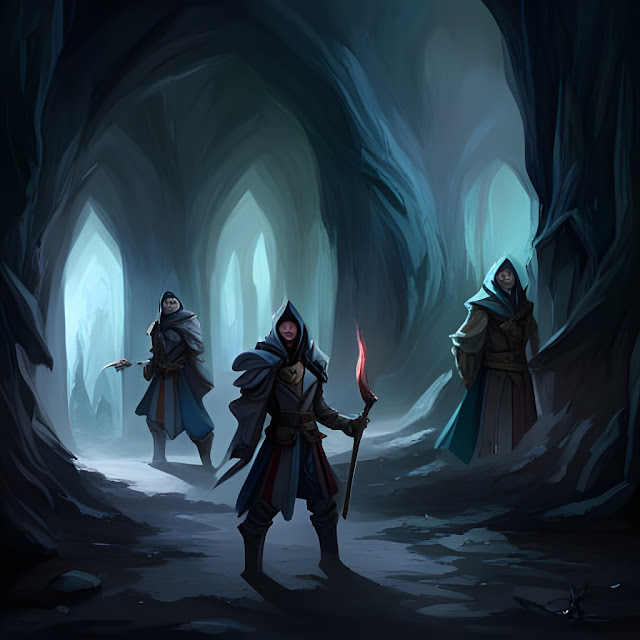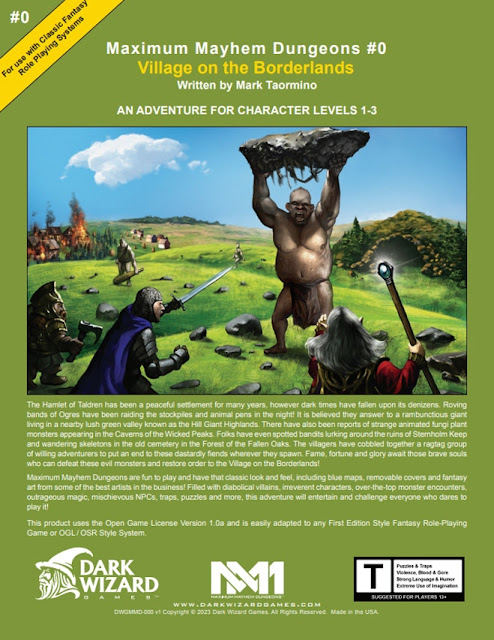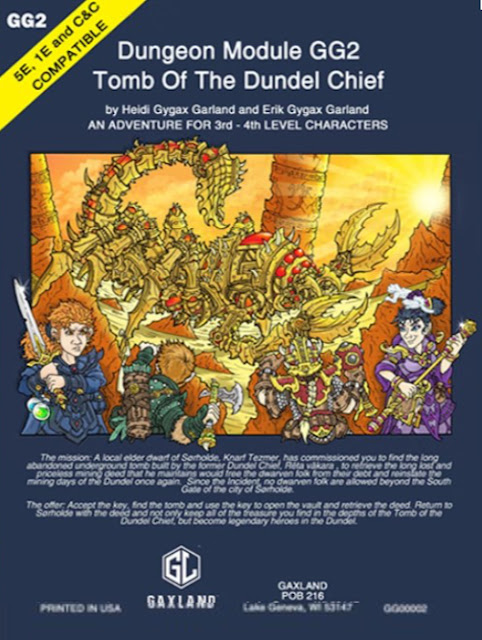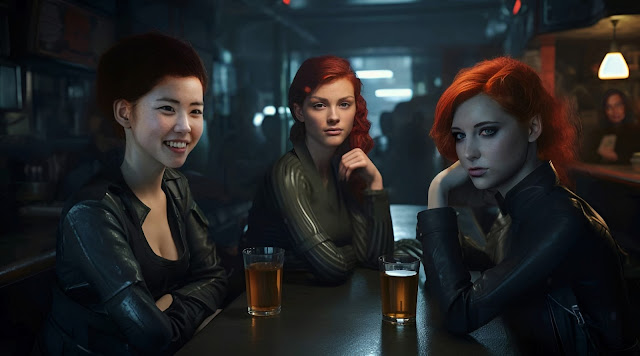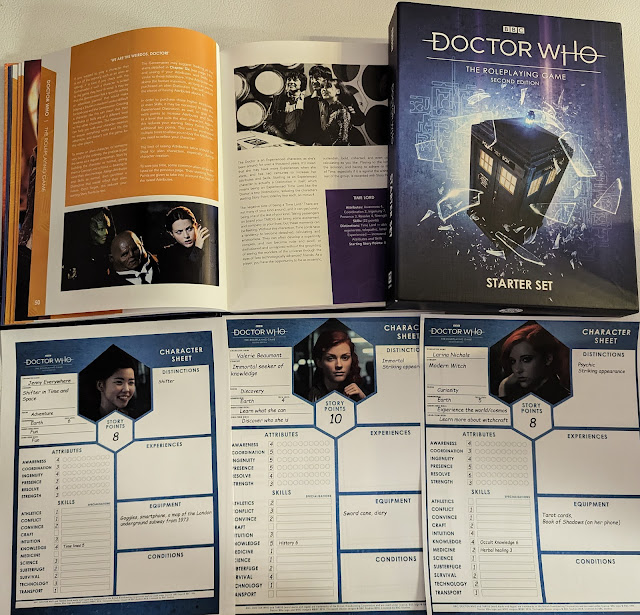Friday Filler: Something Wild!
 Something Wild! The Card Game of Character Combos! is actually a whole family of card games published by Funko Games, all of which share the same simple mechanics, but each of which involves a different Intellect property. So, there are versions of Something Wild! devoted to Disney’s Aladdin, Tim Burton’s The Nightmare before Christmas, Dr. Seuss, Marvel Spiderman, Star Wars’ Boba Fett, Disney’s Steamboat Willy. Thus there is a version of Something Wild! for just about everyone and in each case, the version of the game, it includes a miniature Funko Pop figure. So, for example, in the Indiana Jones version—a new addition in 2023—the game includes a figure of that character. The fun thing is, that the various versions of Something Wild! are compatible with each other, and two or more sets can be combined for both more players and variation in theme. Something Wild! The Card Game of Character Combos! is designed for two to four players, aged six and above, and can be played in fifteen minutes or so.
Something Wild! The Card Game of Character Combos! is actually a whole family of card games published by Funko Games, all of which share the same simple mechanics, but each of which involves a different Intellect property. So, there are versions of Something Wild! devoted to Disney’s Aladdin, Tim Burton’s The Nightmare before Christmas, Dr. Seuss, Marvel Spiderman, Star Wars’ Boba Fett, Disney’s Steamboat Willy. Thus there is a version of Something Wild! for just about everyone and in each case, the version of the game, it includes a miniature Funko Pop figure. So, for example, in the Indiana Jones version—a new addition in 2023—the game includes a figure of that character. The fun thing is, that the various versions of Something Wild! are compatible with each other, and two or more sets can be combined for both more players and variation in theme. Something Wild! The Card Game of Character Combos! is designed for two to four players, aged six and above, and can be played in fifteen minutes or so.Something Wild! consists of forty-five Character Cards, ten Power Cards, a Funko Pop! mini-figure, and the rules sheet. For the Indiana Jones version of Something Wild! The Card Game of Character Combos! the mini-Funko Pop figure is of Indiana Jones and all of the characters on the Character Cards come from the Indiana Jones franchise—in particular from Raiders of the Lost Ark, The Temple of Doom, and The Last Crusade, but not from Crystal Skull. The characters on the numbered cards include Marcus Brody, Marion Ravenwood, Indiana Jones, Short Round, Major Toht, Sallah El-Kahir, Captain Katanga, Elsa Schneider, and Henry Jones, Sr. The Character Cards are divided into five colour suits, numbered between one and nine, and the characters are the same on each number across the five suits. The ten Power Cards are also divided into five colours. Power Cards give a player an advantage or ability in play. For example, a Power Card might allow six cards to be played as any colour or swap a card a player in play with a card in play belonging to another player.
The aim in Something Wild! is to score or win three Power Cards. The first player to do wins the game. To win a Power Card, a player must create a set or run of cards. A set is three cards of any colour with the same number. A run is three cards of the same colour with numbers in order. This is done one card at a time and when a set or run is formed, the player takes the Power Card and discards the cards played.
Play of Something Wild! is simple. At the start of the game, each player receives a hand of three Character Cards and a single Power Card is played face up in the centre of the table. On his turn, a player draws a Character Card and adds it to his hand, then places a Character Card down in front of him on the table. If the colour of the Character Card played matches the colour of the Power Card currently, the player gets to take the Funko Pop! mini-figure. When a player has the Funko Pop! mini-figure in front of him, he can use the ability of a Power Card he has already in front of him or the ability of the Power Card face up on the table in the centre of the table. If a player has either a set or run of cards in front of him, then he can take the Power Card on the table.
Physically, Something Wild! The Card Game of Character Combos! is a solidly presented card game. Both the Character Cards and Power Cards are done in bright, solid colours and the rules sheet is easy to read. The Character Cards and Power Cards are language independent, whereas the rules are not. The rules are easy to read and understand, but younger players will need a hand. Of course, the Funko Pop! mini-figure is cute.
Something Wild! The Card Game of Character Combos! is not a difficult game to play and being aimed at players aged six and up, it is not a difficult game to teach. The latter is likely necessary because the rules are likely to be too difficult to read and understand for the six-year-old player. Another issue is that the game’s cards are language independent and so reference needs to be made to the rules to understand how each Power Card works. That is, until either the players have remembered or been successfully taught what each does. With younger players then, Something Wild! will require some supervision by older or adult players—at least initially.
In addition, whilst Something Wild! is a decent family game—especially if the edition they are playing has a Funko Pop! mini-figure that everyone likes—it actually gets better with the addition of a second set. This gives the players the chance to take control of two—or more—Funko Pop! mini-figures, as well as giving them a wider range of Power Cards, though this of course, means learning what the extra Power Cards do.
Something Wild! The Card Game of Character Combos! is simple, clean, and fast-playing. There is a little bit of ‘take that’ as players vie to take or keep control of the Funko Pop! mini-figure, but it is by no means a vicious game and with a fifteen-minute playing time, it never outstays its welcome. Overall, Something Wild! The Card Game of Character Combos! is a solid family card, easy to teach and easy to play, with some nice variations in its Power Cards to keep it interesting, but still light.


